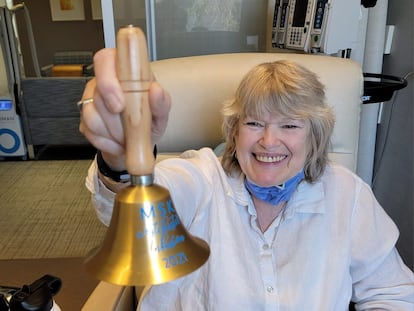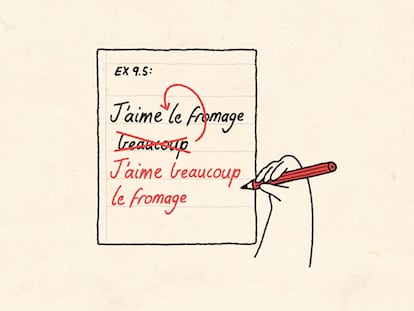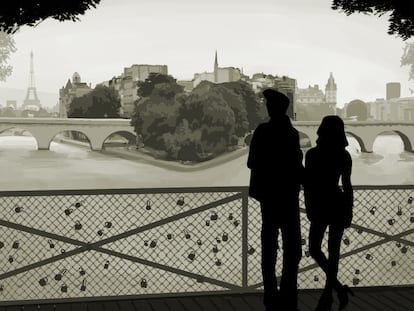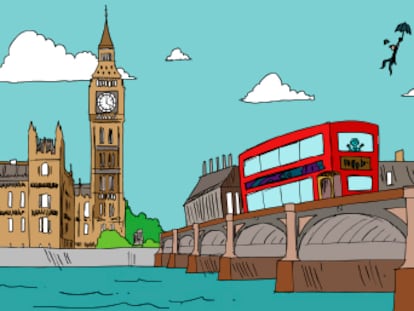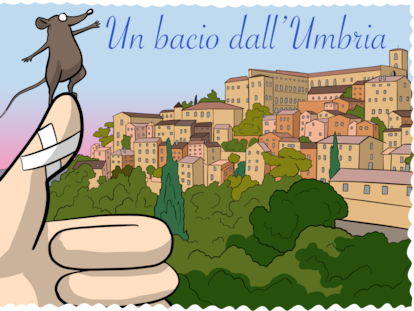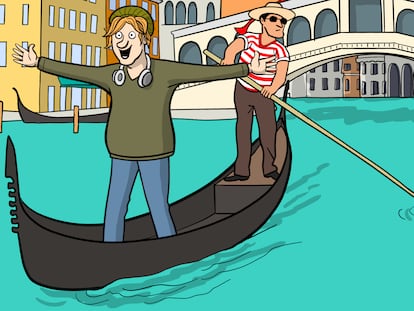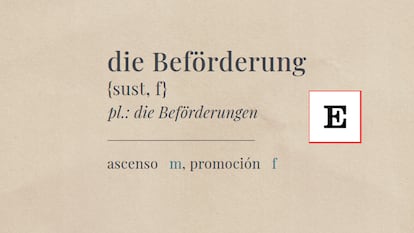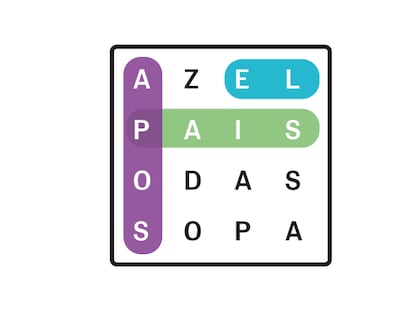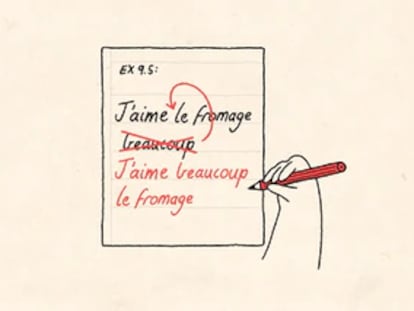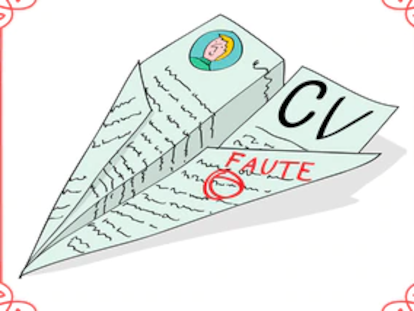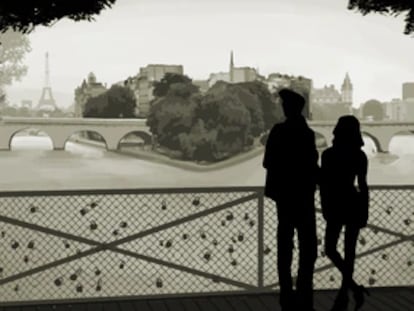The grim fate of the museum dedicated to the world’s most unfortunate people
The Complutense University of Madrid is clearing out the Olavide Museum — an invaluable repository of medical history, with wax figures representing hundreds of patients afflicted by harrowing diseases
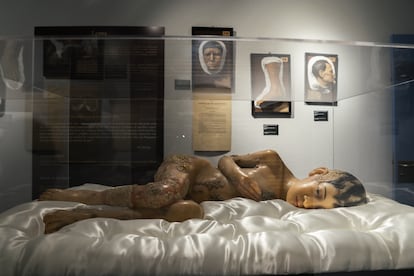
The Complutense University of Madrid has decided to remove from its premises one of the world’s most unique collections of medical history: the Olavide Museum, a veritable sanctuary of unusual hyperrealist sculptures.
Its origin dates back to Madrid’s Calle de Atocha street, which was home to hell on earth until 1897. There stood the San Juan de Dios Hospital, a facility devoted to treating impoverished patients suffering from devastating skin diseases — especially sexually transmitted infections like syphilis, which disproportionately affected prostitutes. Hundreds of these women — many forced into sexual slavery from a young age —were immortalized in haunting wax sculptures by the father of Spanish dermatology, José Eugenio Olavide, and his colleagues, to be used as teaching tools for medical students.
There are also beggar children with ringworm, day laborers with psoriasis, bricklayers with leprosy, sewer cleaners with infected wounds, and laundresses whose hands were destroyed from endless washing.
The museum’s director, dermatologist Pablo Lázaro, is outraged. “I find it unacceptable that a museum of medical history— which is a living demonstration of the teaching method — should be thrown out onto the street. It’s unacceptable,” he laments.
Until now, the exhibition occupied 560 square meters, provided by the Complutense University since 2014, in the semi-abandoned basements of the Faculty of Medicine. On May 22, the Spanish Academy of Dermatology and Venereology — which oversees the collection — received an official notice from the university’s manager, Ana María Cantalejo, ordering them to urgently “vacate” the premises, and to removal of all items, before the end of the academic year.
The Complutense University — struggling under budget cuts from the Madrid regional government of Isabel Díaz Ayuso — claims that “for economic and organizational reasons,” the space must now be allocated to “other academic uses,” according to which EL PAÍS has had access.
The “objects located there,” as Cantalejo calls them, are more than 670 wax figures of the unfortunate patients of the San Juan de Dios Hospital — which together constitute what is possibly the only museum of sculptures of poor people in the world.
The Spanish writer and physician Pío Baroja described that grim building in his 1911 novel The Tree of Knowledge. “The patients were of the lowest and most miserable class,“ Baroja wrote. ”To see so many unfortunate women forsaken and homeless in this gloomy room, a human refuse-help: to verify with his own eyes the poison that undermines sexual life, impressed Andrés painfully. This hospital, now fortunately pulled down, was a disgusting, dirty, evil-smelling place. Its windows looked onto the Calle de Atocha, and besides their iron bars had a wire netting, so that the site of the women at the window should not offend the neighborhood.”
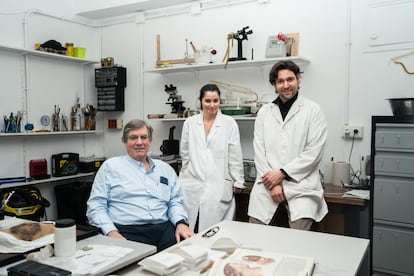
The Madrid dermatologist José Eugenio Olavide (1836-1901) and his colleagues were inspired by the wax figure museum at the Hospital of Saint Louis in Paris. The two collections have followed very different paths.
The Parisian museum was officially inaugurated during the 1889 Universal Exposition — alongside the Eiffel Tower — and remains there to this day, housed in its original, impressive building as a gem of medical history.
The Spanish collection, by contrast, has been floundering for over a century. The first museum opened in 1882 within the already crumbling San Juan de Dios Hospital, which was abandoned in 1897. At that time, hundreds of wax statues of disfigured individuals were moved in a somber procession down Calle de Atocha to their next home, a new building near Madrid’s famous Retiro Park.
When Francoist authorities decided to demolish that building in 1966 to make way for the current Gregorio Marañón Hospital, the figures were packed into boxes, stored in a dilapidated warehouse — and forgotten.
At the time, the collection belonged to the Madrid Provincial Council, the institutional predecessor of the Madrid regional government. In 2002, a senior official asked the Complutense University’s Museum of Forensic Anthropology — an eclectic exhibition featuring Egyptian mummies, human skulls, weapons used in real crimes, and even a garrote— to take custody of the wax figures.
In 2005, the collection was moved to the headquarters of the Spanish Academy of Dermatology and Venereology in Madrid. And at Christmas that same year, another 120 boxes containing additional sculptures were discovered at the Niño Jesús Hospital.
Conservators David Aranda and Amaya Maruri, who began restoring the figures as volunteers at the Complutense 21 years ago, recount the collection’s bizarre journey since then: a storage facility in Torrejón de Ardoz, a sweltering truck where some of the figures melted, a stint in what was to become a gym in Chamberí, and a former aerobics room in Leganés.
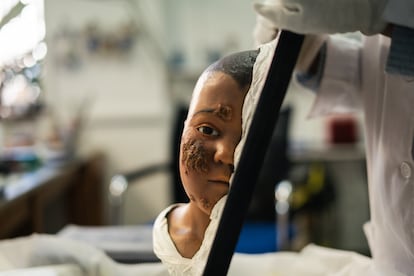
The Spanish Academy of Dermatology and Venereology and the Complutense University finally reached an agreement to rescue the Olavide Museum more than a decade ago, thanks in large part to the efforts of dermatologist Luis Conde Salazar, who passed away two months ago. At the time, the rector — mathematician Carlos Andradas — presented the museum’s reopening in December 2016 as a milestone.
“For us, it is a pleasure and a privilege to bring together this collection from the Olavide Museum at the Complutense University, in the best Faculty of Medicine in the country, heir to the first medical study centers,” said Andradas, who was rector until 2019, when he was succeeded by veterinarian Joaquín Goyache. “For us, it is also the first step in a project we have long cherished, namely, creating a great Museum of Medicine, in which we bring together the wonderful treasures of our museums and collections.”
The project to create a Museum of Medicine quickly collapsed due to lack of funding, staff, and space, according to a university spokesperson. And now, the crown jewel of Spanish dermatology has been left out on the street.
“We are not an institution with the financial power to secure a space at will,” explains Lázaro, the museum director. “This has caught us off guard. Couldn’t they have spoken to us earlier?”
The agreement between the Spanish Academy of Dermatology and Venereology and Complutense University expired in 2020, when the COVID-19 pandemic brought the world to a standstill. The museum director says he met with Vice-Rector Isabel García Fernández on October 4, 2023, to request an extension, but the agreement was never renewed.
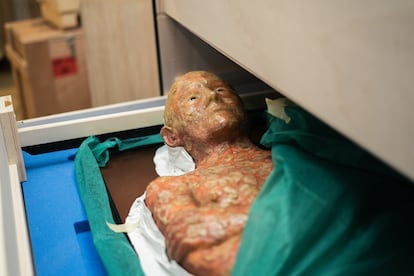
EL PAÍS visited the Olavide Museum on March 28 to prepare a report on its slow demise in the leaky basements of the Faculty of Medicine. Its location — resembling an old, abandoned hospital with long corridors —is so eerie that the university rents out nearby spaces for horror film shoots, charging up to €10,000 ($11,000) a day. Even the production company behind the U.S. TV series The Walking Dead has shown interest in the site.
Museum staff are aware of at least three break-ins at this wing of the faculty, including one in which intruders managed to enter the storage rooms, fortunately without causing any damage. In September 2019, torrential rains flooded three of the exhibition’s rooms.
Conservators David Aranda and Amaya Maruri explain why the Olavide Museum is unique. According to them, the sculptors at Madrid’s San Juan de Dios Hospital didn’t just replicate the lesions in wax — as was done in Paris — but included a larger portion of each patient’s body, and often their face.
As Aranda and Maruri walk through the museum, they turn some of the figures around 180 degrees. On the reverse side of each face is the medical history of the individual, marked with the initials of their first and last names. It’s an astonishing window into life in 19th-century Spain.
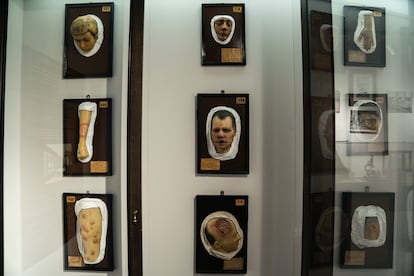
The stories are harrowing, like the one found behind the figure of a woman with her tongue protruding, covered in ulcers: “N. S., 21 years old, single, native of Seville, of nervous temperament, well-built, with no hereditary medical history: she reported that having her first menstruation at age 12, and leading a licentious life thereafter, she contracted several conditions — some out of whim or to satisfy venereal orgasm; others due to her adventurous profession.”
Another sculpture is of a pale, extremely sad-looking boy: “M. P., a 7-year-old boy, native of Madrid, sheltered in an orphanage, admitted to this hospital on June 14, 1881.” His head was covered with “crusts, moist and yellowish, from which an unbearable odor emanated, and the development of parasites coincided with the rash, making the itching even more unbearable and exasperating.”
The mistreatment these wax statues now suffer is insignificant compared to the indignities these people endured in life.
Sign up for our weekly newsletter to get more English-language news coverage from EL PAÍS USA Edition
Tu suscripción se está usando en otro dispositivo
¿Quieres añadir otro usuario a tu suscripción?
Si continúas leyendo en este dispositivo, no se podrá leer en el otro.
FlechaTu suscripción se está usando en otro dispositivo y solo puedes acceder a EL PAÍS desde un dispositivo a la vez.
Si quieres compartir tu cuenta, cambia tu suscripción a la modalidad Premium, así podrás añadir otro usuario. Cada uno accederá con su propia cuenta de email, lo que os permitirá personalizar vuestra experiencia en EL PAÍS.
¿Tienes una suscripción de empresa? Accede aquí para contratar más cuentas.
En el caso de no saber quién está usando tu cuenta, te recomendamos cambiar tu contraseña aquí.
Si decides continuar compartiendo tu cuenta, este mensaje se mostrará en tu dispositivo y en el de la otra persona que está usando tu cuenta de forma indefinida, afectando a tu experiencia de lectura. Puedes consultar aquí los términos y condiciones de la suscripción digital.
More information
Archived In
Últimas noticias
Trump claims peace in Ukraine is near, but Moscow suggests otherwise
A survivor’s account of the Interoceanic Train accident: ‘We were scared because of the speed on the curve’
The Interoceanic Train, the Mexican alternative to the Panama Canal
What is known about the Interoceanic Train derailment in Oaxaca
Most viewed
- Oona Chaplin: ‘I told James Cameron that I was living in a treehouse and starting a permaculture project with a friend’
- Reinhard Genzel, Nobel laureate in physics: ‘One-minute videos will never give you the truth’
- Why the price of coffee has skyrocketed: from Brazilian plantations to specialty coffee houses
- Pablo Escobar’s hippos: A serious environmental problem, 40 years on
- Chevy Chase, the beloved comedian who was a monster off camera: ‘Not everyone hated him, just the people who’ve worked with him’


